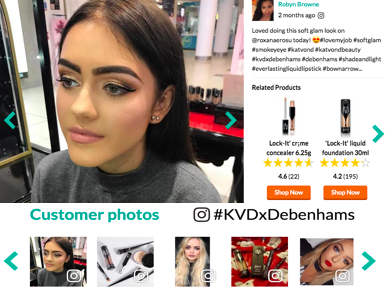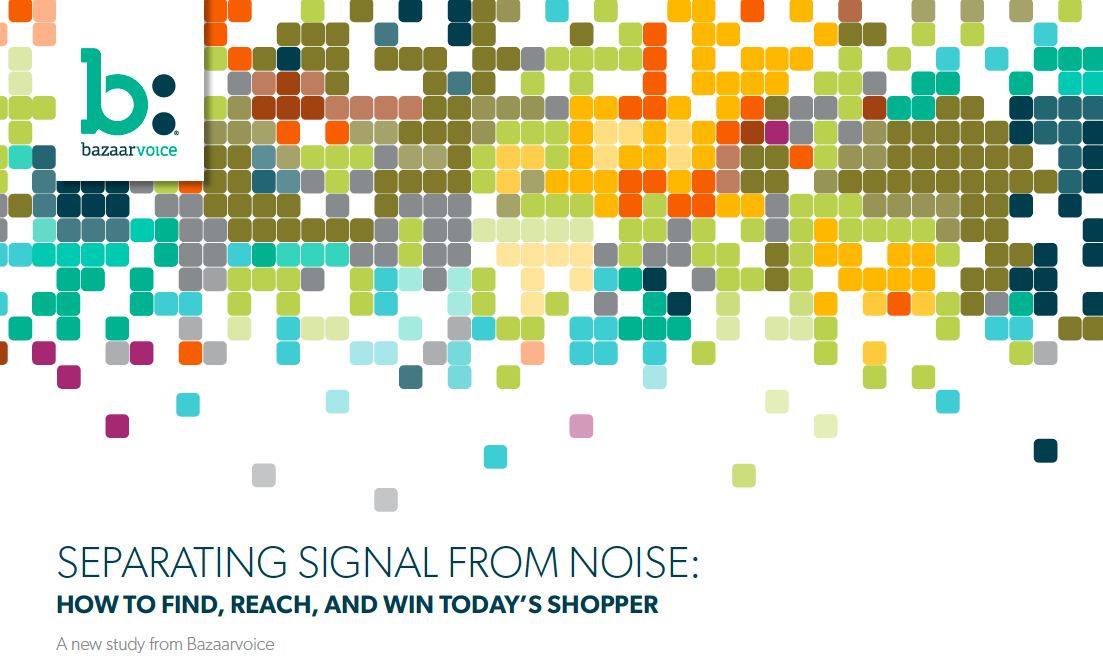April 9, 2017
The evolving nature of the consumer decision journey (CDJ) has forced brands and marketers to change the way they find and win their customers and created challenges and opportunities: Is advertising still effective? Why do customers choose your brand? Why do they come back?
Since the rise of digital and omni-channel, brands and retailers have struggled to get a grasp of the evolving CDJ. Technology has dramatically changed the landscape of many industries. The classic example is entertainment. Watching a movie used to mean a trip to the local Blockbuster to pick up a VHS. Then, DVD’s could be delivered without leaving the house. Now, it is pressing a few buttons for a myriad of streaming options. The underlying theme? Convenience.
What’s the best way to get a grasp of the consumer decision journey? The model of awareness, consideration, purchase, and loyalty appears to remain the most common approach. Each of these stages presents unique challenges — here’s how brands and retailers in the Bazaarvoice Network stay competitive and capture the attention of shoppers during the course of the consumer decision journey.
Awareness
Generating awareness of a brand or product is a huge challenge. Simply knowing where to begin can seem daunting. For consumers looking for their next purchase, it is a much easier journey — a whopping 55% go to Amazon and 28% to Google. The remainder go direct to a retailer.
Google aptly references the famous Woody Allen quote, “80% of success is showing up,” in describing the importance of the Zero Moment of Truth. A nice sentiment, but very difficult to achieve when it comes to appearing in the top 5 natural search results, where 76% of clicks happen.
At this early stage of the CDJ, however, it is unlikely a consumer knows exactly what type or brand of product they want. That is, unless you have the marketing budget of Apple or the unique offering of Tesla. Therefore, a shopper’s search is quite generic, like “LED HD TV” or “skinny jeans”. Research actually shows that 78% of consumer Google searches are of this broad nature, and the results direct shoppers to category pages on a brand or retailer’s website.
For many websites though, category pages are often neglected, focusing on what customers do when they’re on the page, rather than addressing how they got there. Some innovative Bazaarvoice clients are proactively trying to change this by elevating consumer-generated content (CGC) from product pages to category pages. With fresh, relevant, and unique content on their category pages, clients’ websites jump up in search rankings.

This strategy has been adopted by the brand ghd in markets outside of the UK, where brand awareness is more of a challenge for them. In Australia, for example, the brand moved from 3rd to 1st place for the generic term “hair straighteners”. Industry research shows this ranking change can lead to an increase in traffic of over 20%.

Consideration
The proliferation of choices available to consumers has made it increasingly difficult for brands to stand out and differentiate. These days, with consumer trust in brand content declining, those companies who spend the most and shout the loudest may not always be heard. Consumers have also never been more empowered to make decisions, accessing information as and when they need it, hence why many companies now have a mobile-first approach.
In marketing, strategies are often categorized as either push or pull; the difference being what triggers a consumer interaction with a brand. They can be pushed content via techniques like display advertising or pull content from sources such as social media.
Most companies benefit from a balanced approach to both strategies, which is why having a curated approach to social media is just as important as an advertising strategy. Social media is particularly important when launching a product line. To launch an exclusive range of products in the UK market, UK retailer Debenhams and US beauty brand Kat Von D supplemented other promotional efforts with a hashtag campaign: #KVDxDebenhams.

By doing so, they have been able to curate and display consumer images of the beauty products online. An inspiration gallery, combined with a link to the product page, shows perusing shoppers how others are using the products and allows them to easily make a purchase of their own. These same consumer images are also displayed on the product pages, further increasing conversion.
This curated and moderated approach to social media helped the brand Kat Von D to raise its profile in a new market, whilst also differentiating itself at the retailer Debenhams in the path to purchase.
Purchase
Trust and personalisation: Two key themes which influence where and when consumers make a purchase.
Joe Gebbier, the CPO of Airbnb, talks about their trust challenge during his TED Talk, “How Airbnb Designs for Trust”. Airbnb’s business model revolves around the ability to give both the homeowner and the guest the confidence to stay in the host’s home.
This led to the company establishing themselves in the role of “mutual friend”. With the aid of their guest and host ratings & reviews system, Airbnb not only creates a sense of familiarity between two people who haven’t met, but also connects those who are best suited to one another. The company now sees that a host with 10 or more reviews is 10x more likely to book their home.
Reviews are now expected by consumers when buying almost any product or service, partially explaining why so many consumers start their shopping online. Now, brands and retailers must accelerate their review programme to differentiate through personalisation, in addition to trust.
A client doing this well is GlamCorner, an online designer dress rental service in Australia. Their challenge is to overcome the doubts associated with fashion and then to deliver a great experience to encourage repeat customers.
Dean Jones, CEO of GlamCorner, claims that “consumer-generated content is the single most important driver of our business growth.” Like Airbnb’s “mutual friend” approach, GlamCorner associates the “sisterly advice” of their reviews with an increase in conversion by 30%. By including detailed personal information alongside each review, their customers can get a genuine answer to the question “will it fit me?”.

Loyalty
So, you’ve made a consumer aware of your brand, entered their shortlist of products to buy, and finally won their purchase. They’ll now be a loyal customer, right? Unfortunately not. According to McKinsey, only 42% of customers remain with the same brand, and, even then, some of those still shopped around to consider other options. How can companies better ensure repeat customers?
Mobile apps are often associated with driving loyalty, but, in reality, half of all apps are uninstalled after a single use. It is only those that really benefit the consumer that can point to real success metrics. In the extremely competitive environment of coffee, Starbucks has managed to create an app which does instill loyalty through convenience. By allowing customers to order and pay for their coffees in advance, Starbucks was able to attribute 11% of its sales to the app in the 4 years following the app launch in 2009.
Another way to enforce loyalty is through post-purchase communication. Argos uses their CGC programme to remain in transactional communication with their customers. For example, when a customer makes a purchase, they are later sent an email asking them to review their purchase. After a customer has written a review, Argos will send another email to notify them when it has been published. These types of post-purchase emails generate 3-4,000 transactions for Argos each week, with each notification email generating £4.36 in sales.
Loyalty is undoubtedly a significant headache for companies, regardless of industry or market. As customer acquisition remains costly, the race is on to win customers earlier and longer through innovative and creative methods. The underlying message is to be where your customers are when they need you.
The traditional consumer decision journey, once so fundamental to marketing and advertising strategy, has gone out the window. The winners in this new, increasingly digital era are the brand and retailers, some mentioned above, who meet shoppers anywhere along their path to purchase. To learn how other brands and retailers capitalize on shoppers in the awareness, consideration, purchase, and loyalty stages, download our latest research on the shopper journey.





